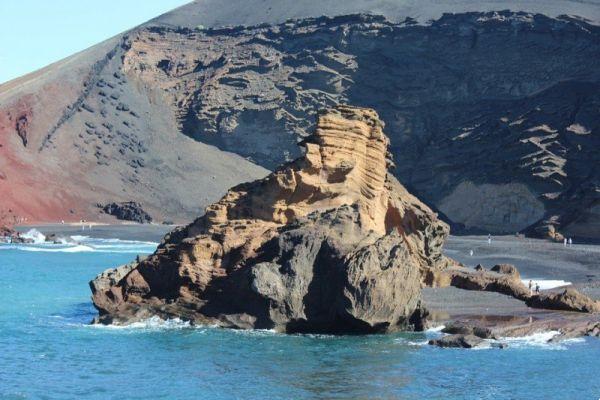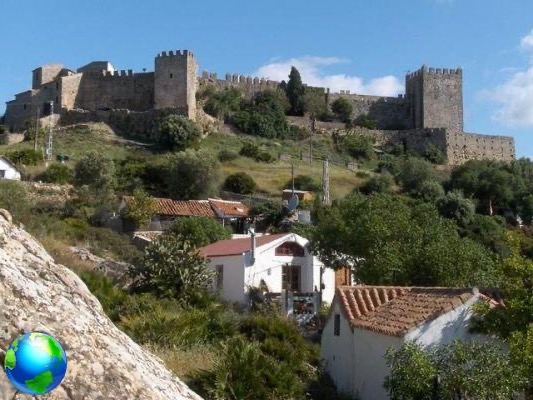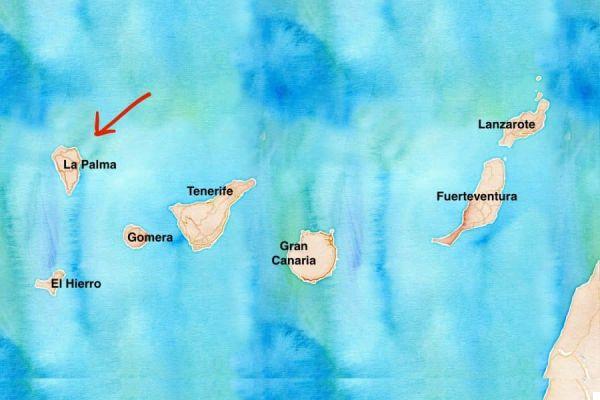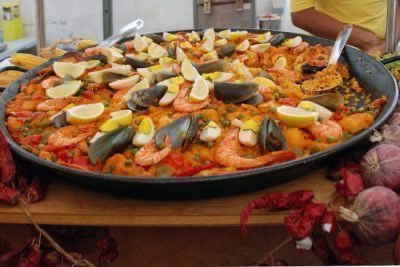Lanzarote is one of the most fascinating islands of the Canary archipelago. With its resorts such as Playa Bianca and Costa Seguiste, every year it attracts thousands of visitors who come to the island not only for its beaches, but also for natural beauties such as the great Timanfaya National Park, also known as the land of fire. A volcanic expanse of 5107 hectares declared a World Biosphere Reserve by Unesco.
The area around Timanfaya, the volcano from which the park took its name, is the result of a continuous series of eruptions that began in 1730 and ended in 1736. Here the landscape has remained unchanged for centuries, thanks to the favorable climatic conditions, while nature is almost unreal and seems to belong to another planet. These evocative landscapes can be visited for the most part only through guided tours, where you can enter among volcanic craters and underground caves.
The park is divided into two ecosystems: the terrestrial and the maritime. In the first, dominated by the lunar landscape, there are different environmental units, such as cones of volcanic origin, sea of lava and expanses of tabaibal. While, in the part of the maritime ecosystem there are soffioni and caldane, black beaches and slabs.
Volcanic activity in the park is still active, but dormant. Precisely for this reason the ground can reach very high temperatures, where you can also witness the spectacle of artificial geysers, cold water that turns into a powerful column of steam.
Inside the park there is a restaurant The Devil, symbol of Lanzarote, built by the architect Cesar Marnique. The peculiarity of this restaurant, beyond the particular architecture, is the cuisine. Typical dishes of the local cuisine are served, prepared directly in a natural oven that uses the geothermal energy of the lava.
The entrance to the park costs 8 euros and it is possible to visit it from 9 in the morning until 6 in the afternoon. It is possible to visit the park on the back of a camel or dromedary, but at a higher cost.
One thing is certain: however you decide to cross the Timanfaya, from the beginning of the lava front to its violent throw into the ocean, you will hardly be able to forget its wonderful and fascinating desolation.


























